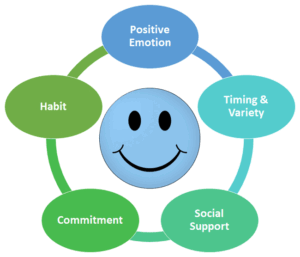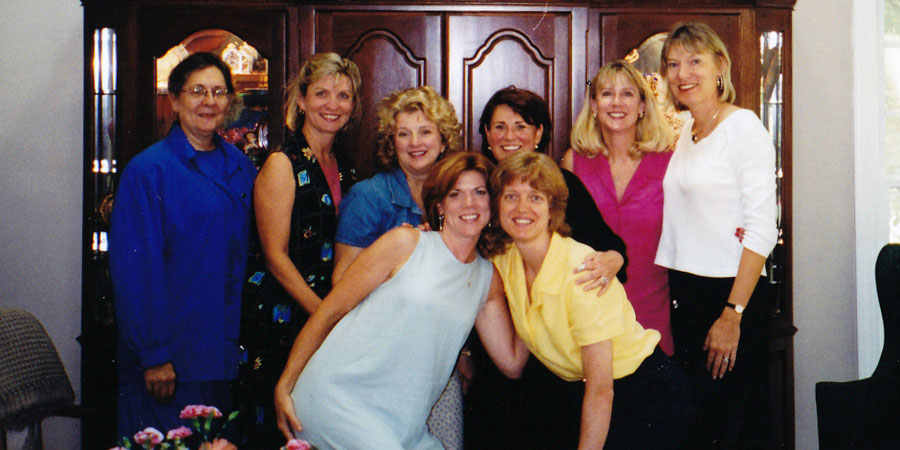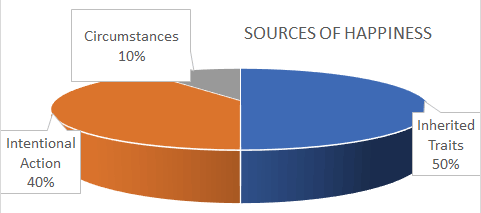I’ve spent the last six-and-a-half years exploring strategies for living a good and healthy life. Today’s post serves up a simple yet impactful addition to that list. It comes from Dacher Keltner’s book Awe: The New Science of Everyday Wonder and How It Can Transform Your Life.
I was skeptical when I picked up the book. By definition, awe is “an emotion variously combing dread, veneration, and wonder that is inspired by authority or by the sacred or sublime.” It’s a feeling of being in the presence It’s hardly something I’d consider commonplace. But Keltner invites us to look at the world with new eyes and tap the wellspring of awe daily.
Awe affords us a gaggle of benefits. It turns our attention outside ourselves and quiets the nagging, self-critical, controlling, status-conscious ego. It opens our minds to wonder and activates a mental state of questioning, curiosity, and creativity. Our thought processes gain a burst of energy and rigor as we seek to place newfound mysteries within our complex systems of understanding. And our sensibilities express themselves communally through an expanded circle of care and instinct for survival. Awe awakens our better angels to act in self-sacrifice and generosity.
I’ve been awestruck by nature when visiting Niagara Falls, our national parks, forests, mountains, lakes, and beaches, and while gazing at magnificent sunsets. And I have a visceral understanding of what it means to come together as a community in the wake of disaster – e.g., the Loma Prieta earthquake, Hurricane Floyd, the terrorist attacks on the World Trade Center and Pentagon. Again – such experiences have been rare blips on my life’s radar, not daily occurrences.
Keltner makes the argument that everyone has the capacity to experience awe. All we need do is tune our antennae to receive it and create experiences that evoke it. He and his team of researchers conducted a global, cross-cultural research study to identify domains in which we are most likely to experience awe. They are:
- The strength, courage, and kindness of others
- Collective effervescence as manifest in group activities – sports, performing arts, ceremonial rituals (christenings, graduations and other rites of passage, weddings),
- Nature in all its beauty and power
- Music
- Art and visual design
- Mystical encounters
- The mystery and miracle of life and death
- Epiphanal moments that reveal the essential truths of life
Legendary primatologist Jane Goodall noted that chimpanzees are exemplars of awe-filled lives due to their capacity to be amazed by things outside themselves. The raw materials for wonder are all around us. We need but get out of our own way and notice them.
Moving in unison stirs the awe of ritual, sport, dance, religion, and public life. Keltner encourages us to find occasions for collective awe. We can join groups that present these opportunities, or gather folks around us to revel in experiences we originate.
Per Keltner, music, theatre, film, visual arts, fiction, poetry, and other creative expressions “share in experiences of awe so that we may understand the vast mysteries we face together in a culture we call our own.” I feel that sense of excitement when watching a movie with others on the big screen, experiencing live theater, or sitting in the symphony hall or opera house. There’s a surge of energy in the moment; there’s joy in sharing the experience with others later. (It’s particularly thrilling when performing as part of the ensemble!) It’s a strong argument for getting away from our large screen TVs and pursuing entertainment collectively.
One’s experience of the Divine also confers a sense of awe whether through traditional religious rites/services, spiritual practices, or other mystical experiences. All such settings provide the means to transcend the self and integrate one’s life into larger patterns of purpose and meaning. We can say: “I am part of something larger than myself.”
Beyond its favorable effect on emotional states, awe is good for the body. Persons who regularly experience awe quell chronic inflammation produced by an immune system that might otherwise be triggered by anxiety, rejection, loneliness, and other stressors.
Want to add a little awe to your everyday life? Follow Keltner’s 3-step recipe for a daily “awe walk”:
- Tap into your childlike sense of wonder.
- Go somewhere new.
- Repeat steps 1 and 2.









